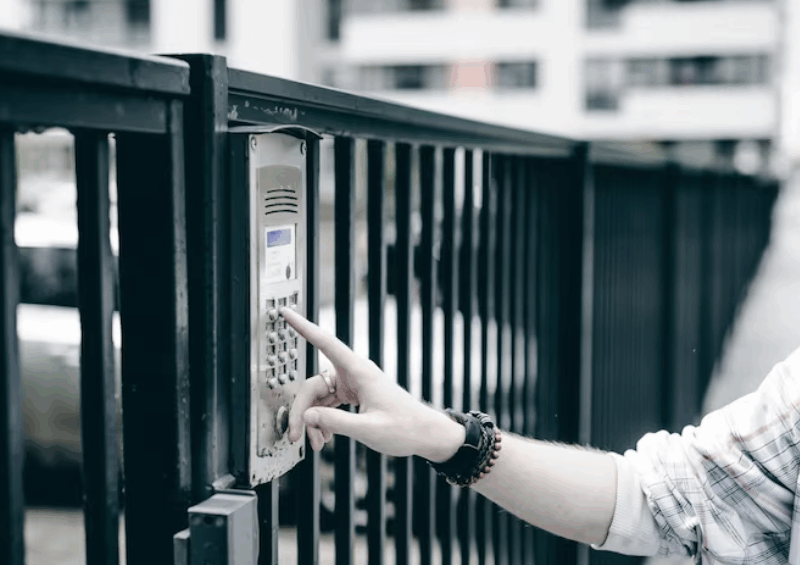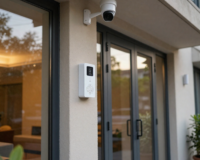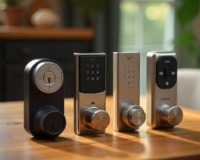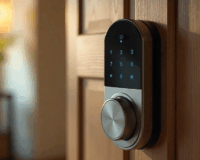Automated gates offer convenience and security for residential, commercial, and industrial properties. However, without proper safety measures, these heavy, motor-driven systems can pose serious risks to people, pets, and vehicles. One essential safety feature that every automated gate must include is the gate safety sensor. A gate safety sensor helps detect obstacles, prevent accidents, and ensure compliance with Australian safety standards. This guide explores the importance of safety sensors for gates, how they work, where to place them, and how to maintain them for long-term reliability and risk reduction.
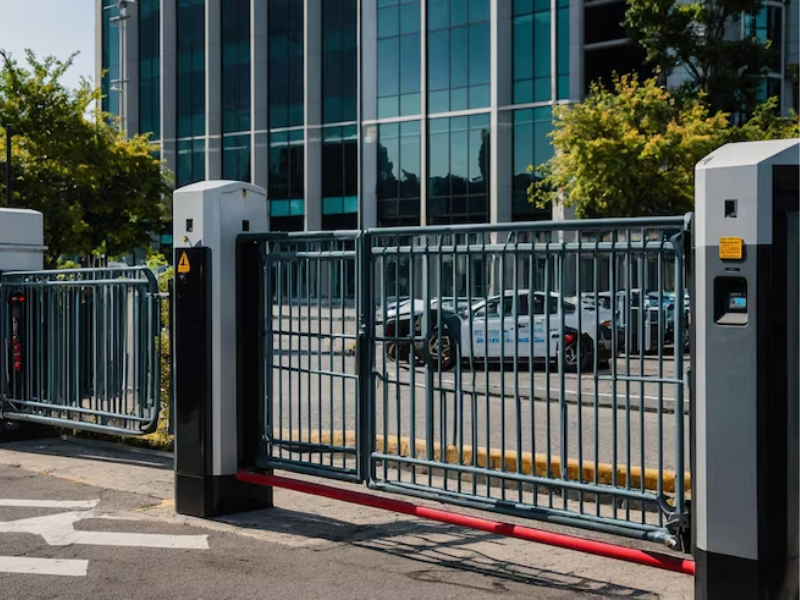
What Are Safety Sensors for Gates?
Safety sensors for gates are electronic detection devices designed to identify the presence of objects, people, or vehicles in a gate’s operating zone. Once a sensor detects an obstruction, it sends an immediate signal to the gate’s control board to stop or reverse motion, preventing potential collisions or entrapment. These sensors come in various forms, such as infrared photocells, pressure edges, ultrasonic detectors, and inductive loops. Each type serves a specific purpose.
For instance, photocell sensors project an invisible infrared beam across the gate’s opening, which triggers a stop command when interrupted. Pressure edges, on the other hand, are installed along the gate’s moving edges and react to physical contact. Ultrasonic sensors use sound waves to sense objects in real time, while loop detectors—often buried beneath driveways—detect metal objects like vehicles approaching or leaving a property.
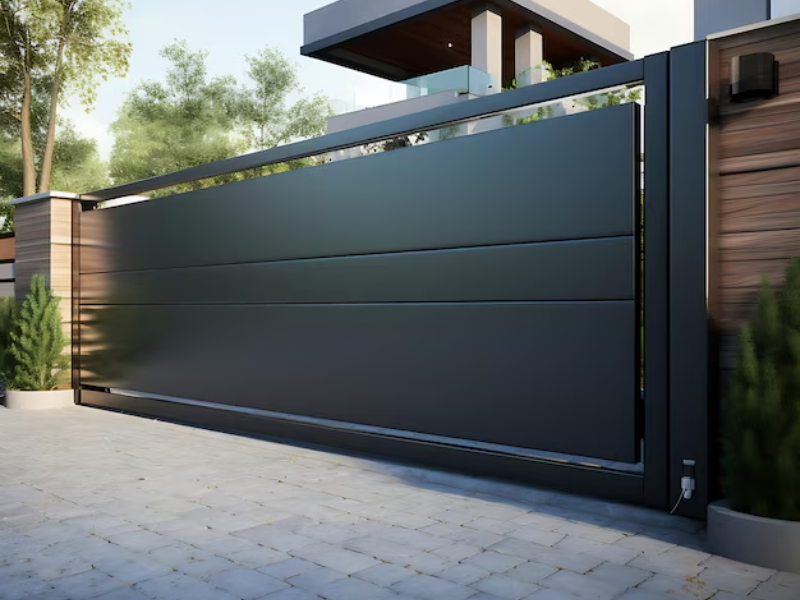
The Importance of Gate Safety Sensors
The importance of safety sensors for gates cannot be overstated. Automated gates, particularly heavy sliding or swing models, operate under strong mechanical force. If not properly managed, they can cause severe injuries or property damage. Sensors ensure that gates stop when an obstruction is detected, safeguarding children, pets, and vehicles.
Beyond safety, they also protect gate motors and components from damage due to accidental impacts, reducing repair costs over time. From a legal standpoint, having functional safety sensors is crucial. In Australia, automated gates must comply with national safety and electrical standards, and failure to include compliant safety features can lead to serious legal or insurance issues.
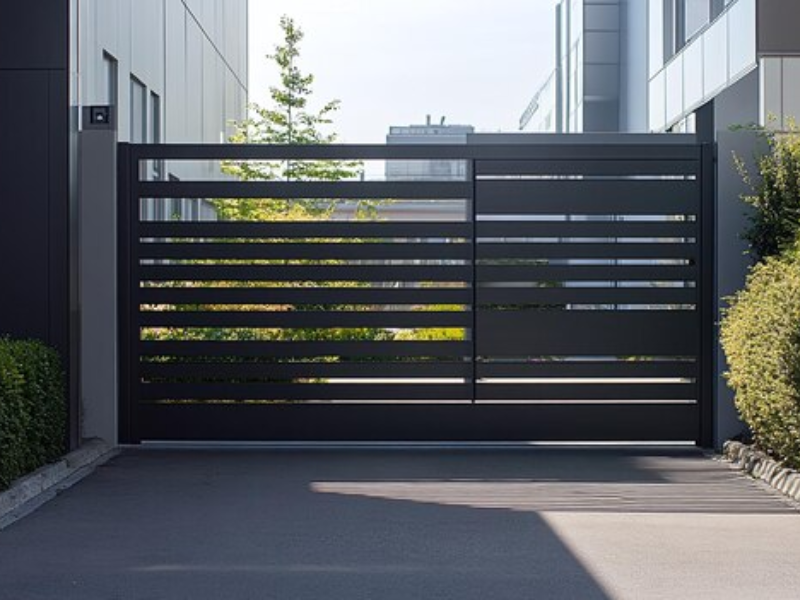
Types of Safety Sensors for Gates
Different environments and gate types require different sensor technologies. Photocell sensors remain the most common option due to their reliability and affordability. They are often installed in pairs—one on each side of the gate—to create a detection beam that stops the gate if the line of sight is broken.
Pressure-sensitive edges are ideal for sliding gates, offering immediate reaction upon contact. For commercial or industrial entrances, inductive loop detectors are preferred as they can detect vehicles efficiently even in heavy traffic conditions. More advanced systems use radar or microwave sensors that provide wider detection zones, suitable for large or fast-moving gates.
In high-security or high-traffic applications, light curtains—arrays of multiple infrared beams—offer a comprehensive safety barrier that covers a large area around the gate’s movement zone.
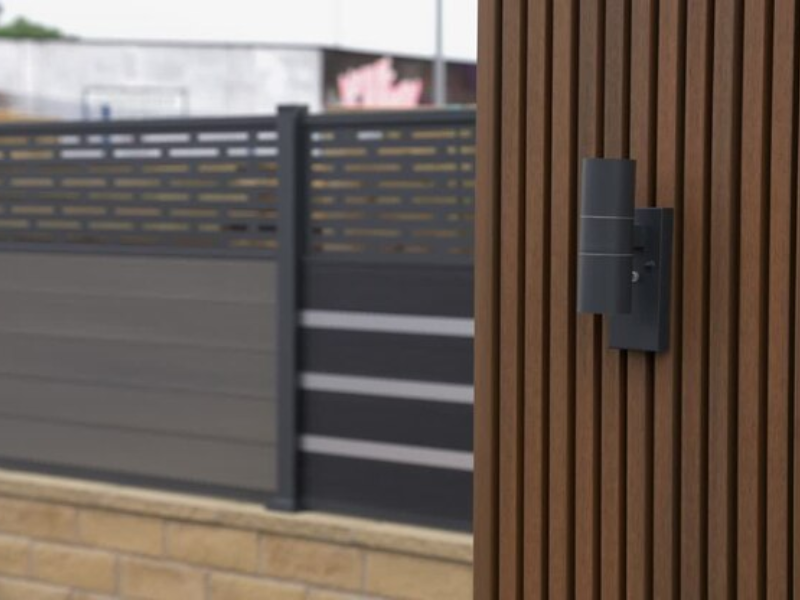
Australian Standards for Gate Safety Sensors
To ensure effective performance, safety sensors must comply with national and international safety standards. In Australia, several standards govern the safe installation and operation of automated gates.
The AS 4024.1 Safety of Machinery Series defines general safety principles for machinery, including protective devices like sensors. Meanwhile, the AS/NZS 60335.2.103 standard focuses on the electrical safety of gate drives and their control systems. Compliance with Work Health and Safety (WHS) regulations is also mandatory, especially for gates installed in workplaces or commercial properties.
The Australian Building Codes Board (ABCB) provides further guidance on structural and safety compliance for gates in different environments (abcb.gov.au). Adhering to these standards ensures that automated gates are not only efficient but also legally safe for daily operation.
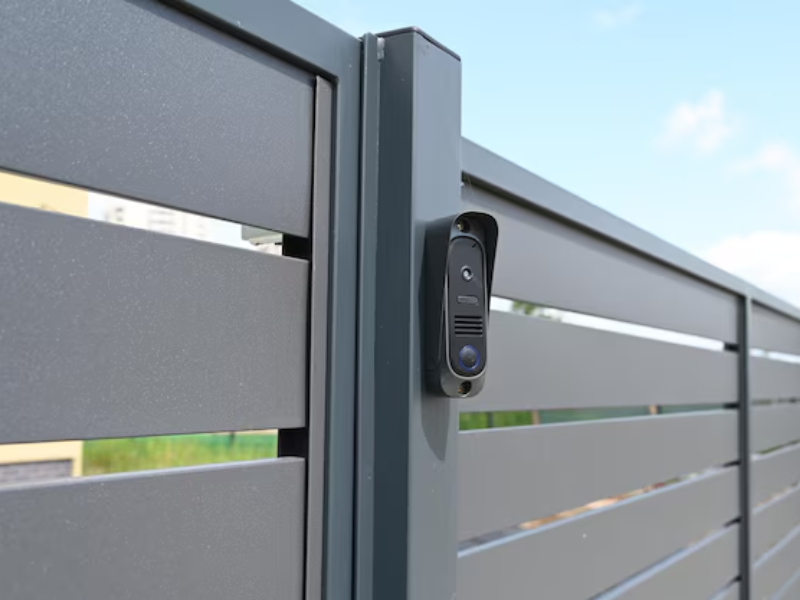
Best Practices for Sensor Placement
The placement of safety sensors for gates plays a vital role in how effectively they prevent accidents. Even the most advanced sensors can fail to protect users if installed incorrectly.
Ideally, sensors should be placed across the full gate opening to detect any object passing through. Additional sensors positioned at lower heights can identify small objects, pets, or children. For sliding gates, sensors should be placed along the moving path to prevent entrapment. For driveways, inductive loop detectors should be installed just before and after the gate area to detect vehicles entering or exiting. Proper positioning eliminates blind spots and ensures the gate reacts instantly to any obstruction.
However, common mistakes—such as installing sensors too high, misaligning beams, or ignoring environmental factors like sunlight and rain—can reduce effectiveness. Regular functional tests should also be performed after installation to ensure consistent performance.
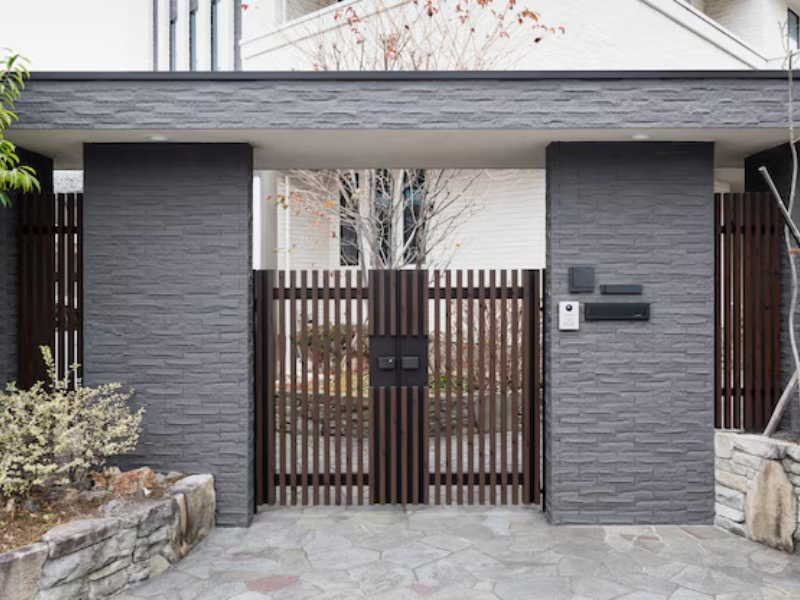
Reducing Risks with Smart Integration
Modern gate systems now integrate smart technology to enhance safety and reliability. Smart controllers can interpret input from multiple sensors simultaneously, allowing for faster and more accurate responses.
Some systems feature real-time diagnostics, self-testing functions, and even mobile app connectivity that lets users monitor the status of sensors remotely. In larger commercial setups, integrated data logging tracks every safety event for audit and maintenance purposes.
These advancements transform safety sensors for gates from simple reactive devices into intelligent components of a broader automated security ecosystem. Smart integration not only improves safety but also adds convenience, giving property owners full control and visibility over gate operations.
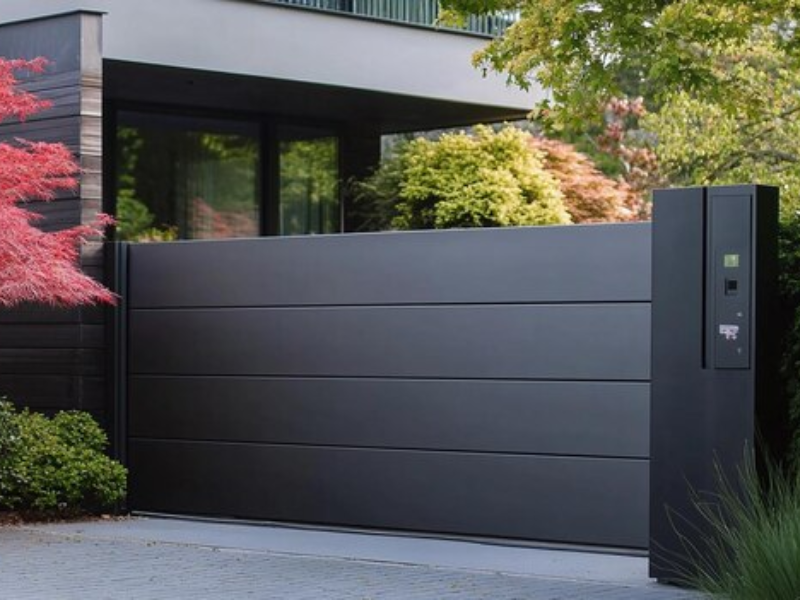
Maintenance and Testing of Safety Sensors
Maintenance is another crucial aspect of ensuring long-term safety. Over time, dust, moisture, or misalignment can interfere with a sensor’s ability to function properly. Regular cleaning of sensor lenses, checking alignment, and testing the system monthly are recommended practices.
Cables should also be inspected for corrosion or wear, particularly in outdoor environments. Replacing defective or aged sensors promptly is vital, as bypassing safety devices poses serious hazards. Consistent maintenance helps keep the gate compliant with safety standards while extending the life of the entire automation system.

Choosing the Right Safety Sensor System
Selecting the right safety sensors for gates involves considering several factors such as gate type, location, and environmental exposure. For example, sliding gates require sensors designed to detect movement along a track, while swing gates benefit from wider detection coverage.
In outdoor settings prone to rain or dust, choosing sensors with a high IP (Ingress Protection) rating ensures durability. Compatibility with the gate’s control board is also essential; not all sensors work with all systems. It’s also important to check that sensors meet the AS/NZS 60335.2.103 compliance standard to ensure full legal safety certification.
Trusted suppliers usually provide modular sensor systems that can be customized for both residential and commercial applications, ensuring reliable performance under various conditions.
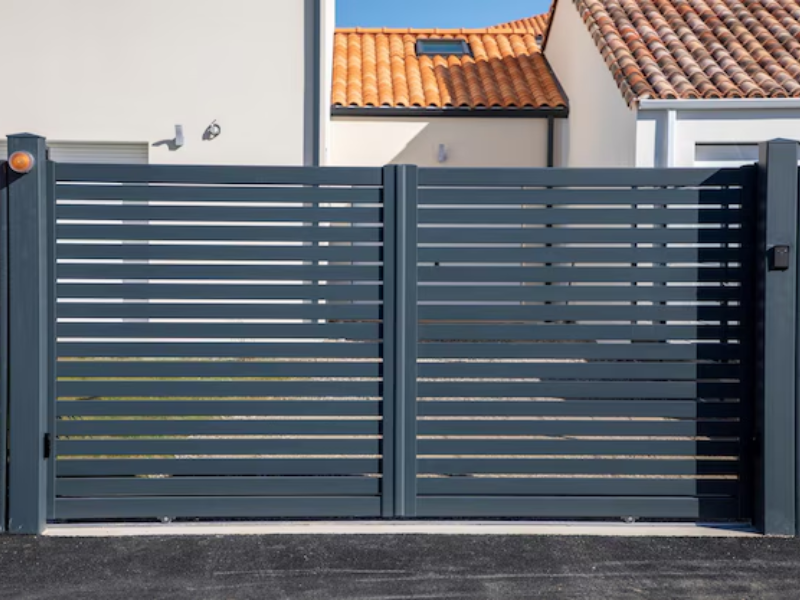
Legal Compliance and Liability
Legal compliance is not optional when it comes to automated gates. Both installers and property owners share the responsibility of ensuring that safety features are functional and meet Australian standards.
The Australian Competition and Consumer Commission (ACCC) mandates that all automated gates and accessories comply with relevant electrical and mechanical safety standards (productsafety.gov.au). In the event of an accident, non-compliance could lead to legal penalties or voided insurance coverage.
Keeping detailed records of installation, maintenance, and certification helps safeguard against liability while demonstrating due diligence in maintaining safety.
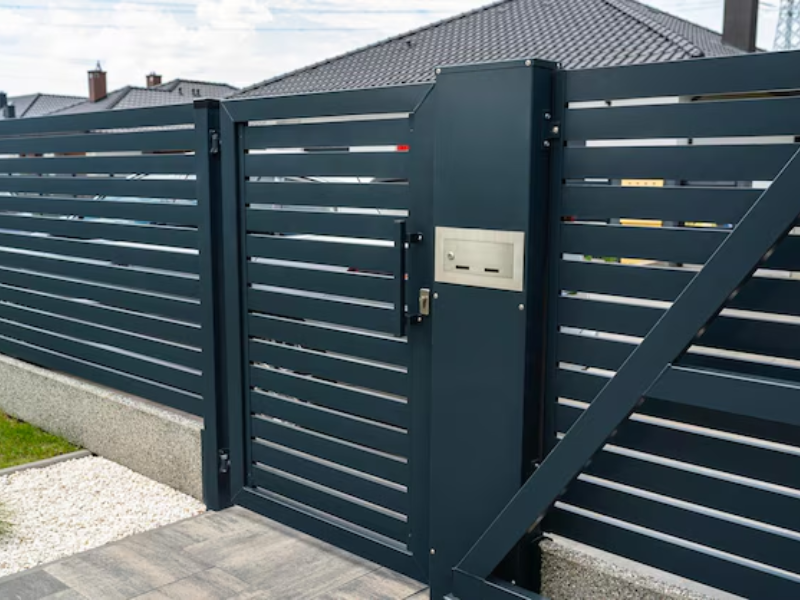
Future Trends in Gate Safety Sensors
As technology evolves, safety sensors for gates continue to advance. The future of gate safety lies in smart, AI-driven sensors that can distinguish between humans, vehicles, and animals to reduce false triggers.
Wireless sensors are also gaining popularity for retrofitting older systems, while solar-powered versions offer sustainable solutions for off-grid or remote areas. Integration with smart home ecosystems like Google Home and Amazon Alexa allows users to receive real-time alerts or control gates with voice commands.
These innovations not only make gates safer but also align with the growing demand for intelligent, energy-efficient automation solutions.
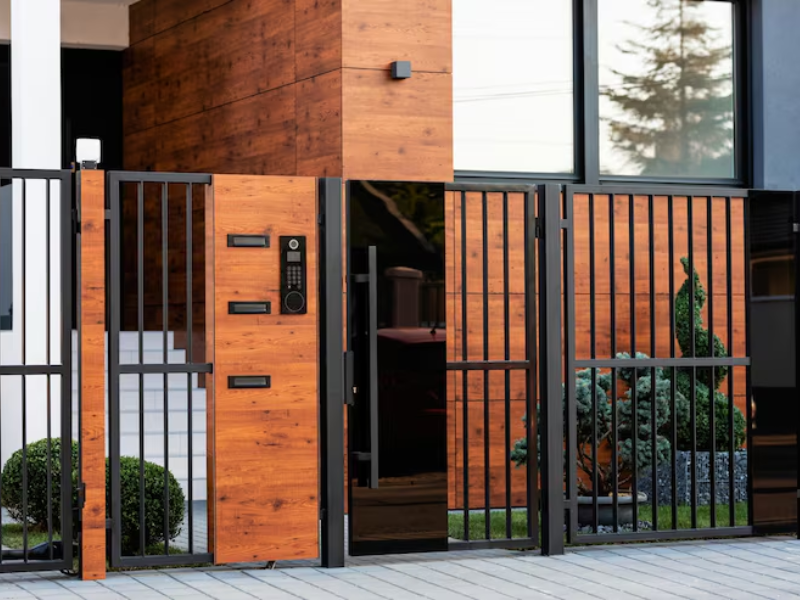
Conclusion
Ensuring the safety and compliance of your automated gate system begins with one essential component — safety sensors for gates. These devices serve as the unseen guardians of every sliding, swing, or boom gate, instantly detecting obstacles and preventing accidental closures that could lead to injury or damage. Whether in residential driveways, commercial facilities, or industrial sites, a reliable gate safety sensor ensures your automation operates smoothly, responsibly, and in full compliance with Australian safety standards.
Beyond accident prevention, safety sensors for gates also play a crucial role in maintaining your system’s long-term performance. When properly installed and aligned, they reduce mechanical strain on motors, extend equipment life, and minimize costly maintenance. Moreover, many modern models now feature wireless connectivity, AI-based motion detection, and solar-powered options, offering an eco-friendly and future-ready solution for today’s smart properties.
If you’re upgrading or installing a new system, explore our full guide on automatic gate access control solutions and discover how the right safety sensors for gates can enhance security, reduce risks, and create a safer environment for everyone around your property.
Want to upgrade your system? Discover our recommended gate safety sensors designed for long-lasting performance and full compliance with Australian standards.

